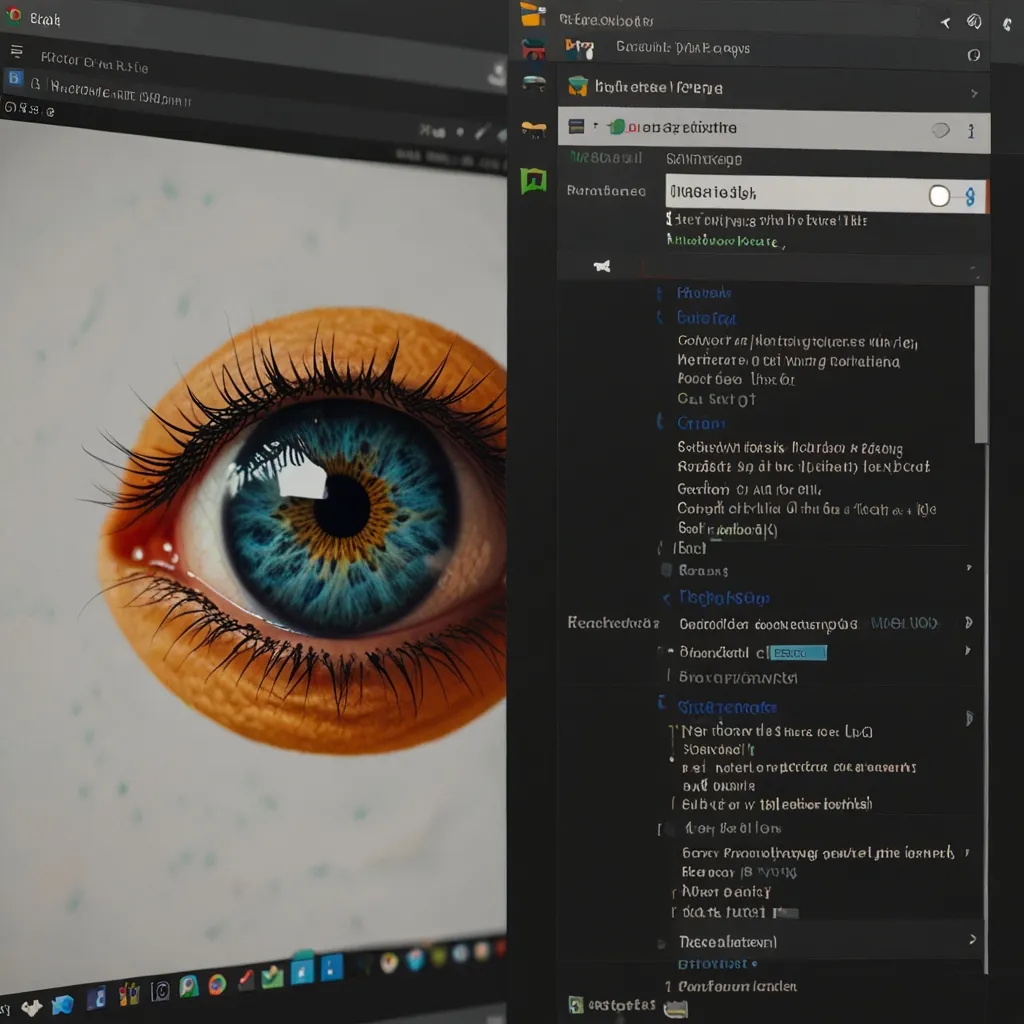jQuery is like the Swiss Army knife of web development. Small, fast, and packed with features, this JavaScript library has totally changed the game since it dropped over 15 years ago. The whole idea behind jQuery is summed up in its catchy slogan, “Write less, do more.” Basically, it lets you accomplish those tricky JavaScript tasks without drowning in code.
One of the big reasons jQuery has been a hit for so long is its talent for making HTML/CSS and JavaScript play nicely together. With a simple API that works across all the major browsers, it’s a must-have tool whether you’re just getting your feet wet or you’ve been coding since the web was young. jQuery makes adding advanced functionality to your web pages almost too easy.
Getting jQuery into your project is a breeze. You can either link to it through a Content Delivery Network (CDN) or download the library and host it yourself. Here’s a quick example of how to pull jQuery from a CDN:
<script src="https://ajax.googleapis.com/ajax/libs/jquery/3.5.1/jquery.min.js"></script>
Or, if you prefer to keep your files local, you can include your own script after jQuery:
<script type="text/javascript" src="/js/jquery-3.6.0.min.js"></script>
<script type="text/javascript" src="/js/my_script.js"></script>
Typically, you’ll throw these links in your <head> tag or right before the closing </body> tag.
Alright, let’s dive into the nuts and bolts.
jQuery Basics
Selectors
jQuery selectors are like the cheat codes for targeting HTML elements. They look and feel just like CSS selectors. Say you want to grab every element with the class continue:
$(".continue")
Boom. Now you can mess with all those elements however you want.
DOM Traversal and Manipulation
Need to navigate your HTML document and make some changes? jQuery has got your back. For example, to change the HTML of a button with the class continue:
$(".continue").html("Next Step...");
That line of code searches out the button and swaps its content with “Next Step…”.
Event Handling
One of the coolest tricks in jQuery’s bag is its event handling. You can set things up to respond to user actions like clicks, hovers, and more. For instance, to show a hidden message when a button is clicked:
$("#button-container button").click(function() {
$("#banner-message").show();
});
Now, whenever any button inside your button-container gets clicked, your banner-message pops up.
Effects and Animations
Who says your website can’t have a little flair? jQuery makes it easy to add effects and animations. Like, if you want to fade out an element over a second:
$("#element").fadeOut(1000);
This code will gently make your element disappear in a smooth 1-second fade out.
Ajax
Ajax lets your web page communicate with the server without a full page reload, and jQuery makes Ajax operations super smooth with its $.ajax() method. Here’s a quick example:
$.ajax({
url: "/api/getWeather",
data: { zipcode: "97201" },
success: function(data) {
$("#weather-temp").html(data);
}
});
This snippet grabs the data from /api/getWeather using a zip code and updates the element with the ID weather-temp with the result.
Advanced jQuery Features
Traversing
Navigating through the DOM is easy with jQuery’s traversing methods. Like, if you want to get all the siblings of an element with the class gfg:
$(".gfg").siblings()
This code fetches all the sibling elements of the element with the gfg class.
Attributes and Properties
With jQuery, getting and setting attributes and properties is like ordering from a menu. If you need the value of an input field with the ID SiteName:
$("#SiteName").val()
And to change that value, you can go with:
$("#SiteName").val("New Value")
Easy as pie.
Real-World Examples
Dynamic Content Update
Think about a site where users want up-to-the-minute weather info. You can make this happen with jQuery:
<input type="text" id="zipcode" placeholder="Enter Zipcode">
<button id="get-weather">Get Weather</button>
<div id="weather-info"></div>
<script>
$("#get-weather").click(function() {
var zipcode = $("#zipcode").val();
$.ajax({
url: "/api/getWeather",
data: { zipcode: zipcode },
success: function(data) {
$("#weather-info").html(data);
}
});
});
</script>
When you click the button after typing in your zip code, this code talks to the /api/getWeather endpoint and updates the weather info dynamically.
Interactive Forms
Adding interactivity to forms with jQuery is a walk in the park. Here’s how you can validate a form before submission:
<form id="myForm">
<input type="text" id="name" required>
<input type="email" id="email" required>
<button type="submit">Submit</button>
</form>
<script>
$("#myForm").submit(function(event) {
if ($("#name").val() === "" || $("#email").val() === "") {
alert("Please fill in all fields.");
event.preventDefault();
}
});
</script>
This script checks if the name or email fields are empty and stops the form from submitting if they are, flashing a quick alert message instead.
Conclusion
Just like that, jQuery makes web development feel like less work and more fun. It smooths out common coding bumps and lets you play around with features that would otherwise need a mountain of custom code. From simple DOM tweaks and event handling to eye-catching animations and seamless Ajax calls, jQuery adds polish and pizzazz to any site.
Its versatility and ease of use are why it remains a go-to library for many developers. Whether you’re crafting a basic website or pulling together an elaborate web app, jQuery helps you build it better, faster, and with fewer lines of code. And with a robust plugin ecosystem and a supportive community, jQuery seems set to stay in the web development toolkit for a long time. Happy coding!






